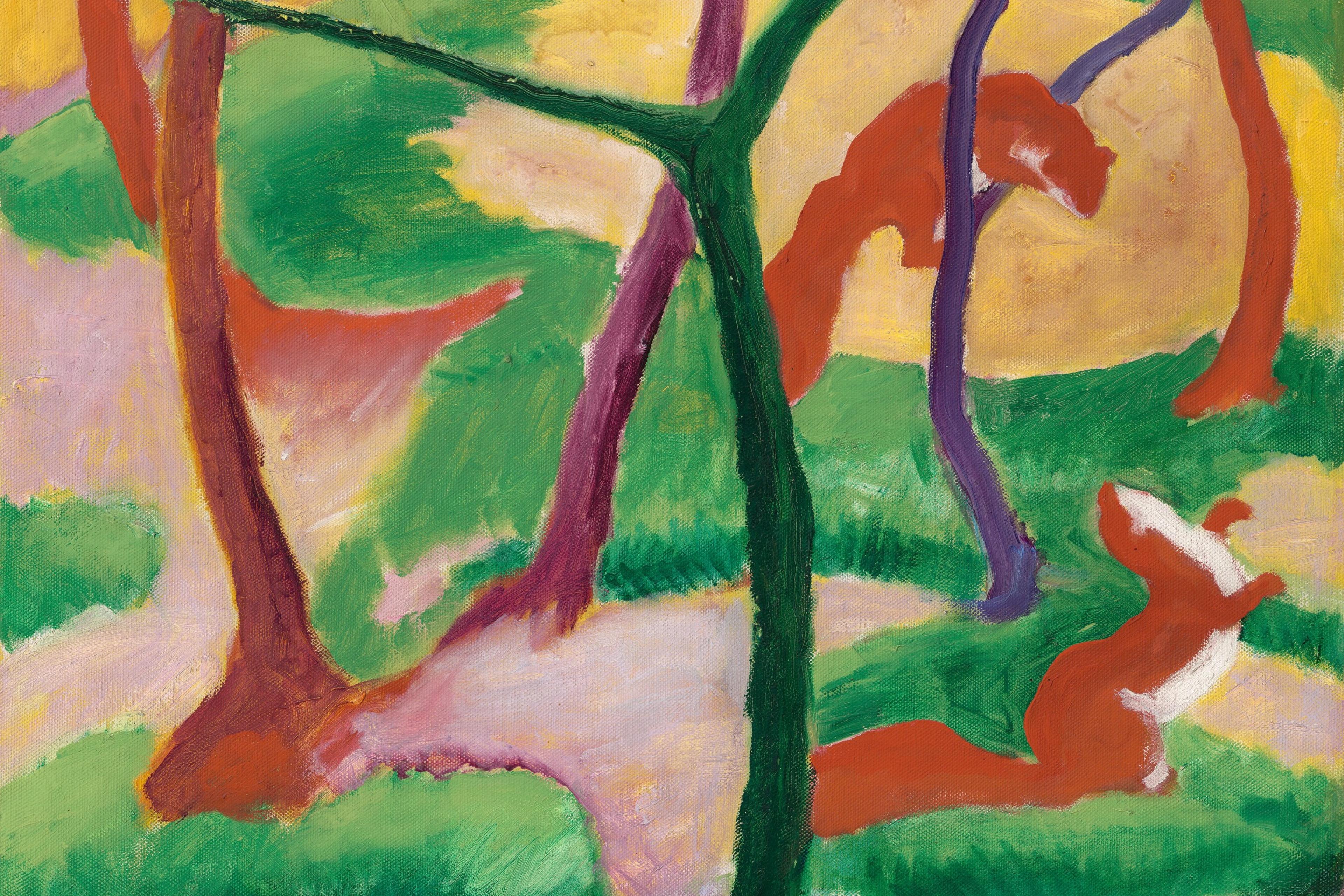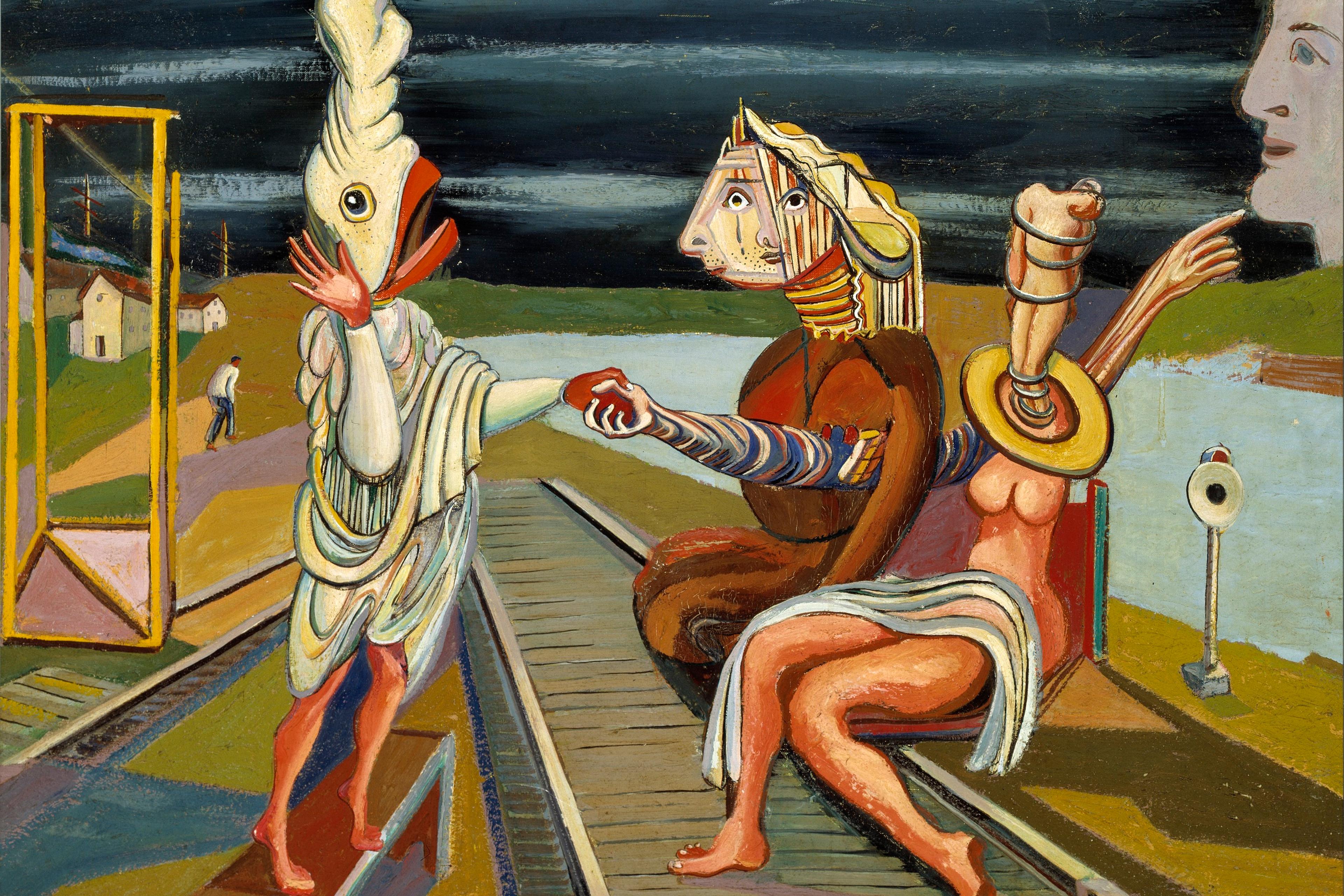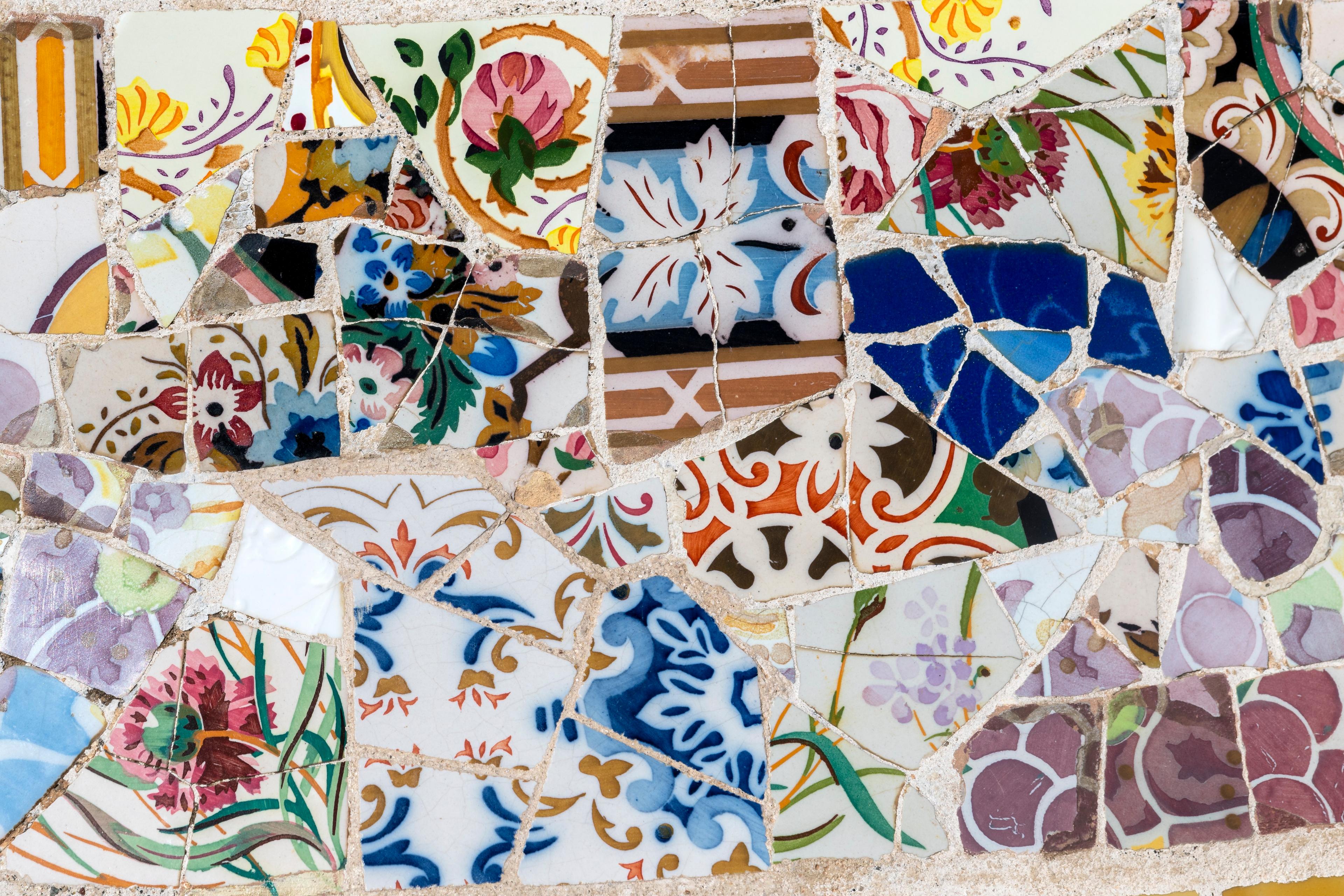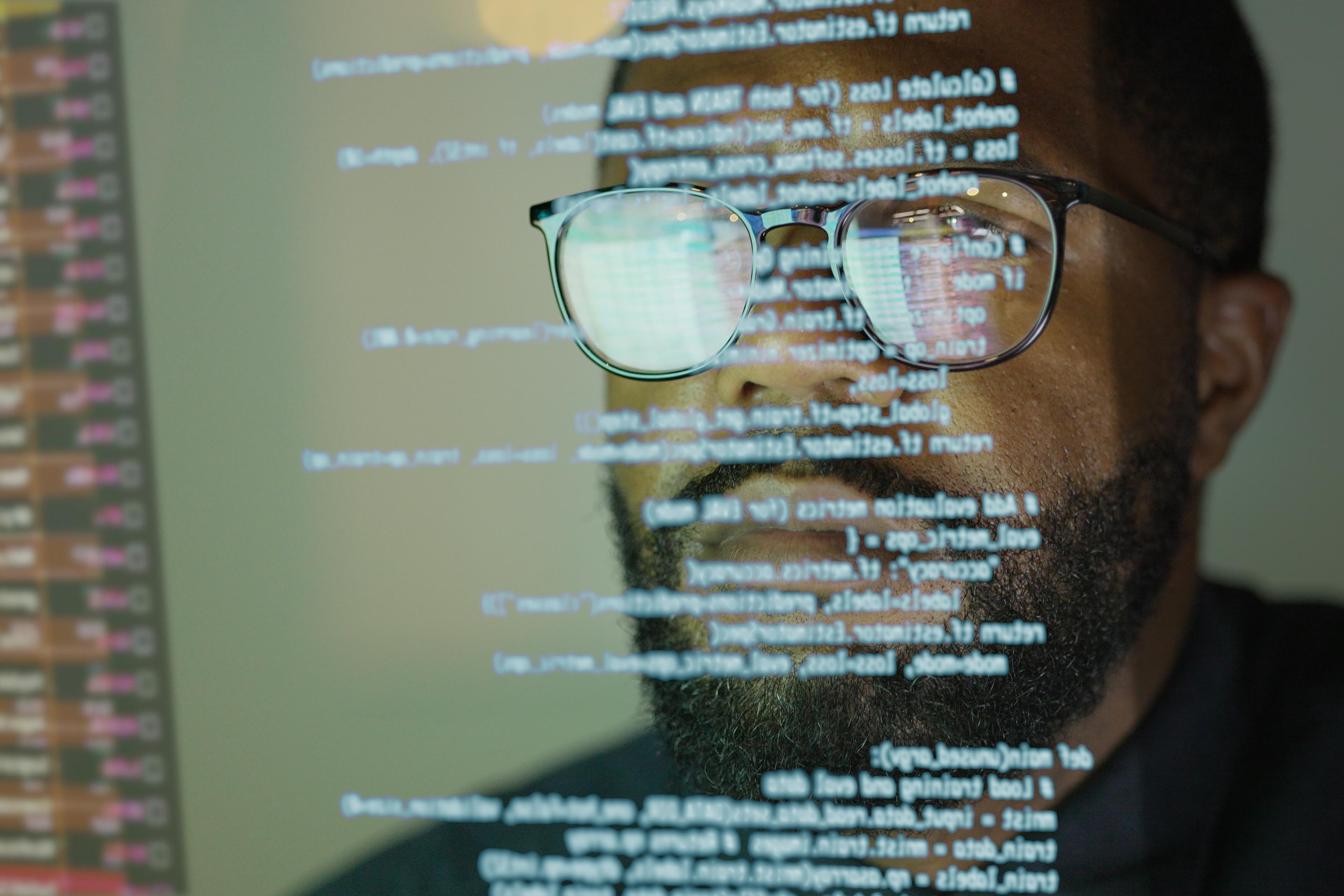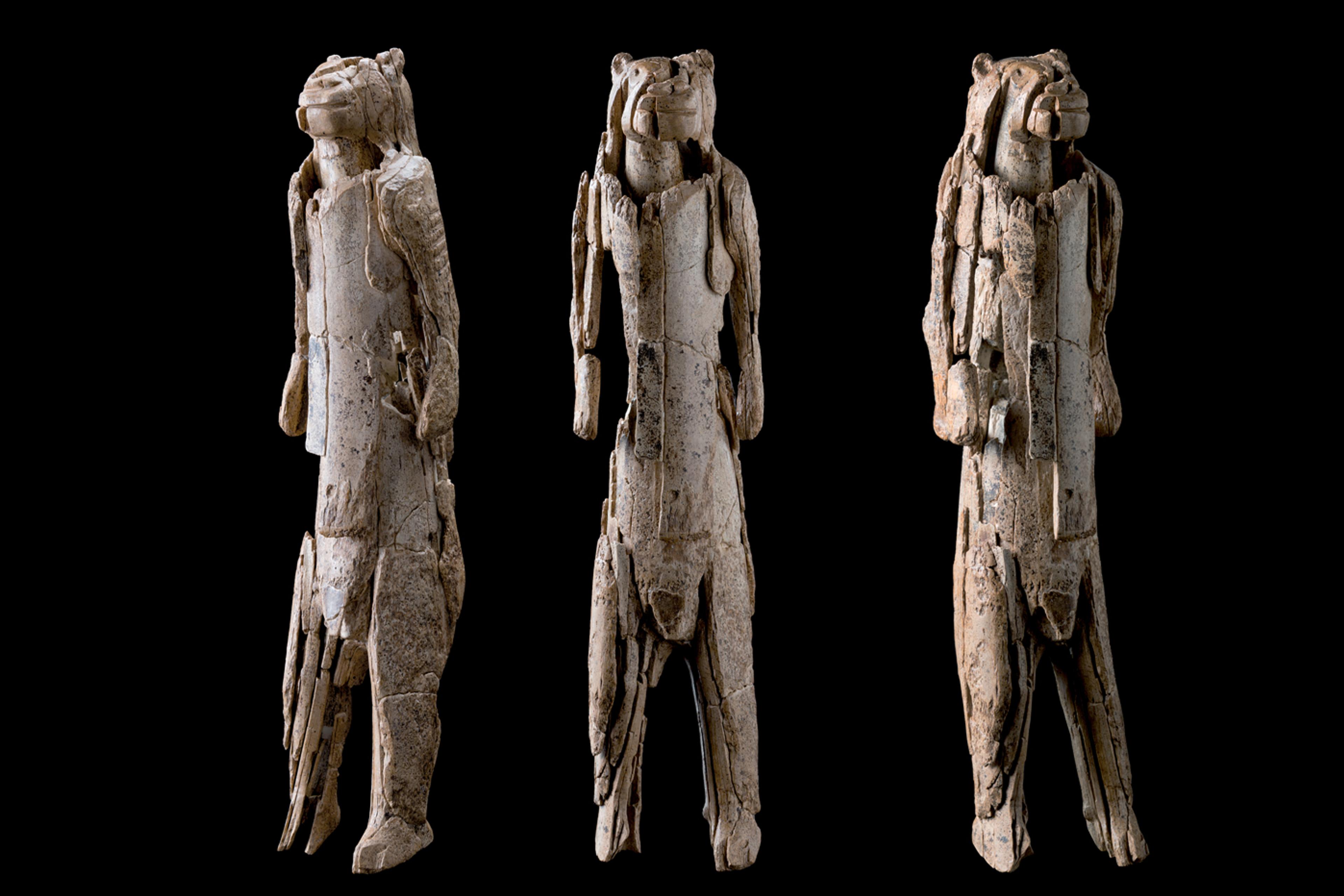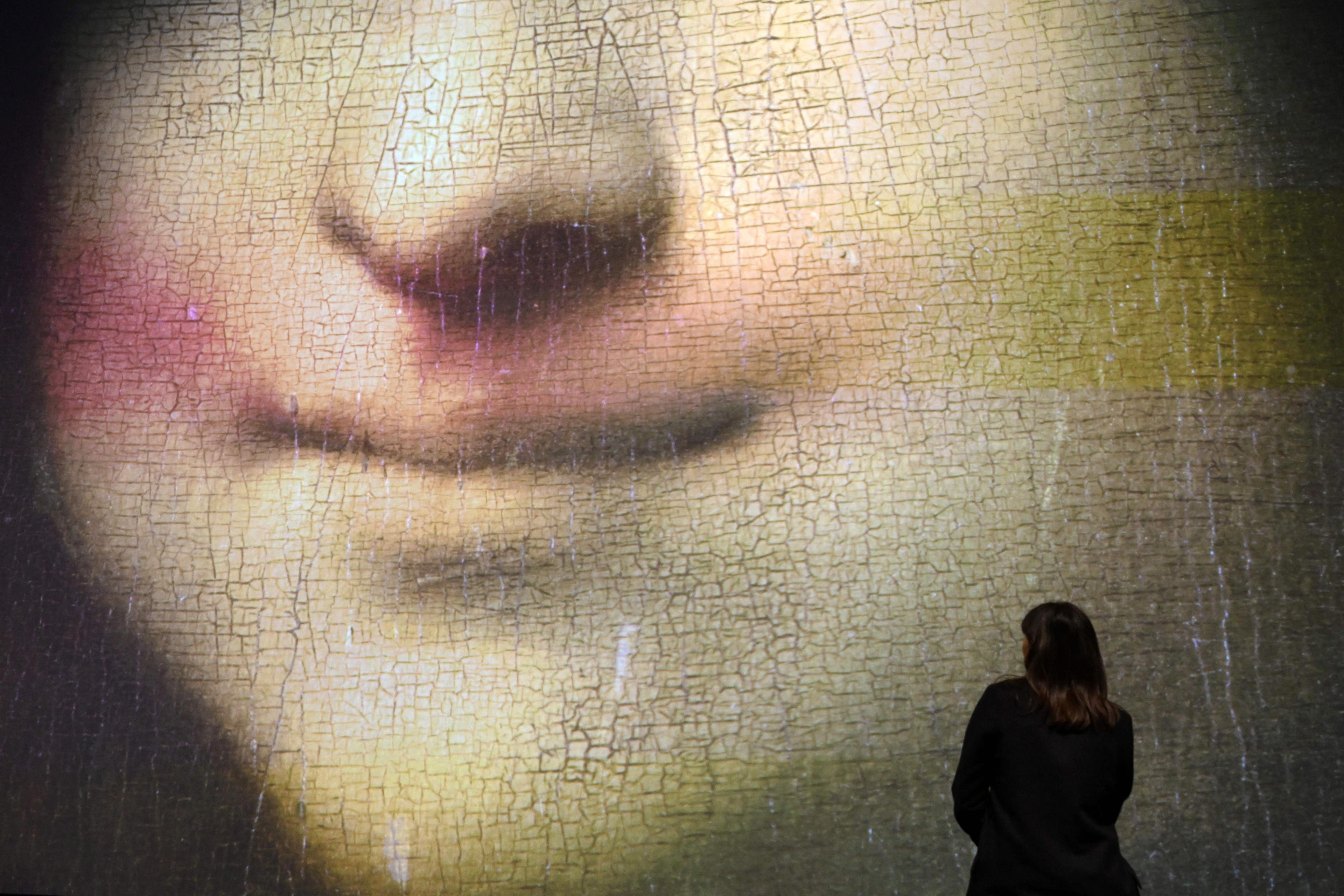Don’t google it: do elephants have toes? That’s the question that somehow arose in conversation with my friend recently, and which thoroughly stumped us. We decided to resist the modern recourse to take to the internet to immediately answer the question and instead indulged in a meandering, unbounded, elephant-toe-filled conversation, the equivalent of simply wandering to try and find a place rather than google-mapping it.
The answers to most questions are at our fingertips these days, in a few taps of our smartphones. We spend less time tossing around questions and playing with problems. There’s less of a chance to merely wonder about things. Of course, there are some major perks. Knowing the ‘right’ answer can propel us into a whole new realm of knowledge, one that might have otherwise been unreachable, like discovering a seam in a gold mine. Whichever way you look at it, these information stores, just a few clicks away, have changed the shape of our thinking – both constraining it and expanding it.
While googleability might have profoundly changed the shape of our thinking, there is another thing that has the same oxymoronic ability to both close down and open up our thinking: analogy, which is underwritten by the humble simile or its bolder sibling, metaphor. Where analogy draws out a comparison between one thing and another, simile modestly proposes one thing is like another thing, and metaphor pulls no punches – one thing is the other thing. Together, their double-edged sword cuts through poetry and science.
Poetic analogies can really crackle when two unlike things are joined and you can’t imagine they ever went unjoined in the first place. How could a hippo surfacing and the thought-laden eyes of a reader, emerging from her pages, have gone uncoupled for so long? As rectified by the Australian poet Les Murray in ‘Dreambabwe’ (1996):
Streaming, a hippo surfaces
like the head of someone
lifting, with still-entranced eyes,
from a lake of stanzas.
Scientific analogies can crackle too. Consider one of the puzzles of the visual system: saccades, those rapid, darting eye movements we make a few times per second. These are one of the fastest movements our body can produce – the eye takes only about 20 milliseconds to traverse our field of vision, before settling on the next object of attention. But these rapid eye movements are notoriously sluggish to get going. There’s a whopping gap of around 200 milliseconds from when a visual target appears before a saccade even gets started. The vision neuroscientist Roger Carpenter asked us to imagine it like this:
A fire station receives an urgent summons by telephone. But for nearly an hour absolutely nothing appears to happen; then all of a sudden the firemen leap into action: the doors are flung open and the fire-engines rush off at break-neck speed with their bells ringing, arriving at the fire in less than five minutes.
He offered this analogy to drive home just how odd this situation is, giving us pause to ponder: what on earth is going on while the eye waits to make its move? But beyond its helpful explanatory power, well, it’s hard not to smile at the machinery fine-tuning our most precise of eye movements likened to a crew of dawdling firefighters.
In feeding you an analogy, I’m telling you how you should think about that thing
When analogy lands, it adds another dimension to our thinking, so the light hits it in a different way. It can help us understand something more deeply because we have another inroad to it. This makes it especially useful in science, where analogy can be used to bridge the technical with the everyday, or the new with the familiar – giving us a fresh way to think about a scientific concept.
Is there danger, then, in these analogies that can delight and inspire? One risk is that they close down possibilities. They can shut down our thinking, coercing it to fit the shape of someone else’s comparison rather than our own. In feeding you an analogy, I’m not just telling you about a thing – I’m telling you how you should think about that thing and, in doing so, robbing all opportunity for your thoughts to take their own meandering leap into unmapped territories. After you read the words of the Irish poet Seamus Heaney in ‘Shore Woman’ (1972):
I saw the porpoises’ thick backs
Cartwheeling like the flywheels of the tide,
Soapy and shining.
that multilevelled magnificence, where porpoises become flywheels and the sea becomes an engine – I challenge you to imagine rollicking porpoises surfing the waves in any other way. Once you see the link, you can’t unsee it. A limit is imposed. In science, limits imposed by language have important consequences. None more so than the scientific metaphor.
Beginning life as an indispensable tool to promote understanding and unite scientists (and the public) in a common language, when scientific metaphors catch on, they’re hard to shake. They tend to stick, even when they’ve outlived their usefulness. Scientific metaphors reduce a complicated process to something more concrete. More knowable. Often recasting the natural as man-made (the genome as a blueprint; the cell as a factory; the brain as a computer) or bestowing nature with humanlike intent (a selfish gene; species as enemies or invaders). The more complex the phenomenon, the more likely we’ll defer to metaphorical language to make sense of it. So, by their nature, scientific metaphors sweep important details under the rug.
The idea of the genetic blueprint is seductively simple: genes provide a set of ‘instructions’ from which an organism’s features can be faithfully reproduced. But a host of things (such as diet, stress or physical health) influence how genes express themselves, and a single gene can affect multiple traits in unpredictable ways (a phenomenon known as ‘pleiotropy’). Against this backdrop of possibilities, the blueprint is a mere caricature, duping us out of the opportunity to face biological complexity head-on. The cell as a factory metaphor is underselling things too. A far cry from a one-way assembly line, complete with a nucleus-foreperson supervising the work of organelle-underlings, the cell is a collaborative network, where different parts influence one another, dynamically adjusting to meet the needs of cell maintenance.
A metaphor should be admitted into scientific usage only after strict scrutiny
Much of nature is like this: without a single top-down controller calling the shots in a strict hierarchy. Instead, these systems work in a ‘heterarchy’, where information flows across levels and cause-and-effect can occur in all directions. This idea is harder to wrap our heads around but ultimately more rewarding, bringing us closer to the dizzying complexity pulsating through biology. Even matching the most complex thing we’ve made (computers) with the most complex thing in nature (brains) is no real match at all. Our brain isn’t a passive input-output machine. It’s embedded in our body, which is embedded in a world that we need to actively respond to and control. While some ideas from computers have been useful guiding principles for brain research (and vice versa), the story is a much more complicated one: a brain that evolved, over a long sequence of opportunistic and sometimes clumsy adaptations; a brain with billions of diverse neurons and other cells, their connections, and their nonlinear properties. It’s a story we are still only touching the surface of in neuroscience.
It’s undeniable that scientific metaphors and analogies are helpful inroads to understand a new concept. And just as we are dazzled by analogies in poetry, we are not immune to the beauty of a good scientific metaphor, awestruck by the sudden crystallisation in our thinking. Nor are we immune to the self-satisfaction of coming up with an original scientific metaphor or analogy. (I gave myself a pat on the back for this one: scientific metaphors are like flypaper: sticky, and less useful the more flies that stick to it.) Sound advice is that a metaphor should be admitted into scientific usage only after strict scrutiny, and, even then, we need to keep an eye on them. As the cyberneticists Arturo Rosenblueth and Norbert Wiener put it: ‘The price of metaphor is eternal vigilance.’ We need to know when to call time on a metaphor, and rally against those that have outlived their usefulness. (Scientists, like flies, might conquer the flypaper. I can’t take credit for that one; it comes from Steinbeck.)
For us mere mortals who aren’t routinely turning out hippos-as-lifting-eyes or porpoises-as-cartwheeling-flywheels and who instead spend time on the Big Questions, like whether elephants have toes (they do), how do we know if an analogy crackles, if it opens up instead of closes down possibilities? In his memoir May Week Was in June (1990), the Australian writer and poet Clive James remarked on his own gift for whittling a thought into its perfect form: ‘All I can do is turn a phrase until it catches the light.’ And boy could he. His phrases could catch ultraviolet light. And that is all we can do: turn an analogy over and over, and see if the light catches the original idea in a different way – in a way that deepens our understanding, helps us explain it better, and, if we’re lucky, makes us smile. Between the googleability of things and analogy’s use or abuse, instruments that can change the shape of our thinking, by opening it up or closing it down, are drawn from a bottomless well. We should use them carefully.

